Meet Fernando Gregório | Visual artist & AR Designer
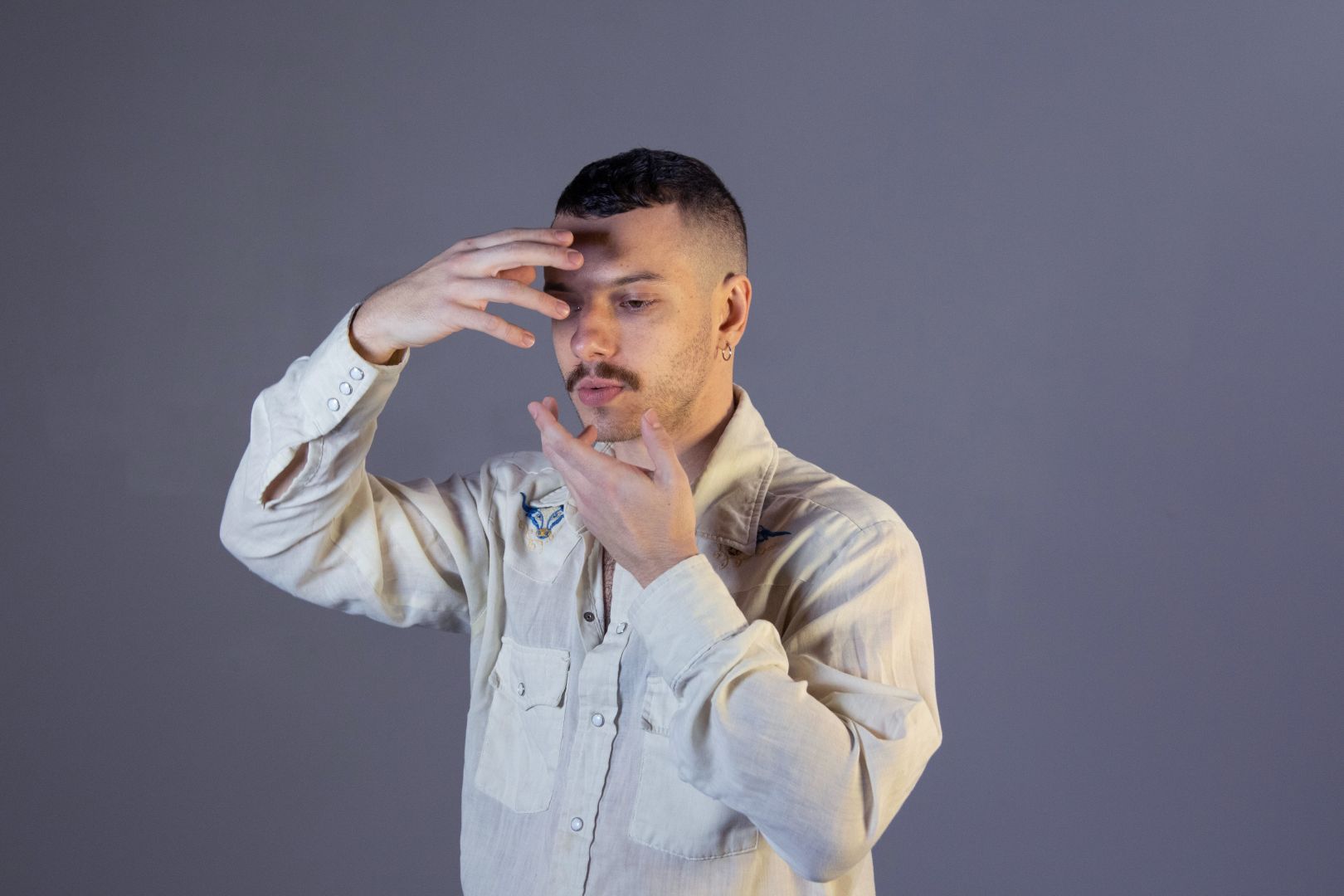
We had the good fortune of connecting with Fernando Gregório and we’ve shared our conversation below.
Hi Fernando, why did you decide to pursue a creative path?
I think I know better how than why I became an artist. I started believing I was an artist early on, probably influenced by my father. He was a poet and actor, as well as a toy salesman. We used to play a lot of theater. When I was a kid, I used to enjoy spending time creating performances, rehearsing with my neighbors, and inviting adults to watch the show. I grew up in a very conservative environment in the countryside of Brazil. Over time, in my teen years, creating art became a refuge or a place where I could express myself. I was beginning to understand myself as queer and disagree with most of the heteronormativity surrounding me. The internet played an essential role in this process. I remember my first computer and how it opened doors while connecting me with the work of poets, musicians, and visual artists. It was more or less around this period that I became interested in photography, video, and digital art and the effects on my body caused by these media. So I believe I’m on a creative journey because I want to think we can create new worlds. They might be imaginary and temporary, but there we can co-exist with otherness. And hopefully, an otherness composed of more-than-human diversity, including rivers, spirits, myths, and visible and invisible machines.
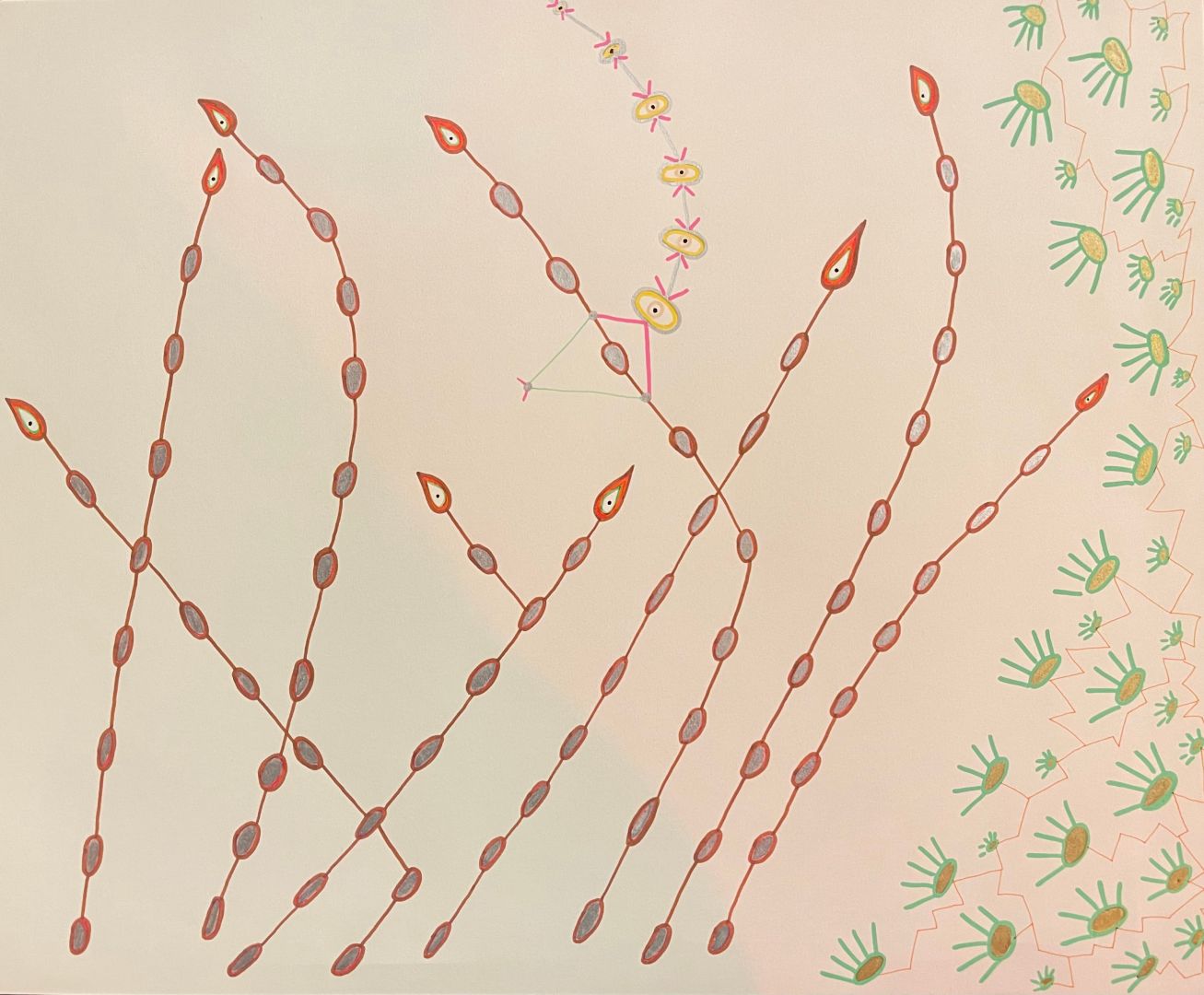
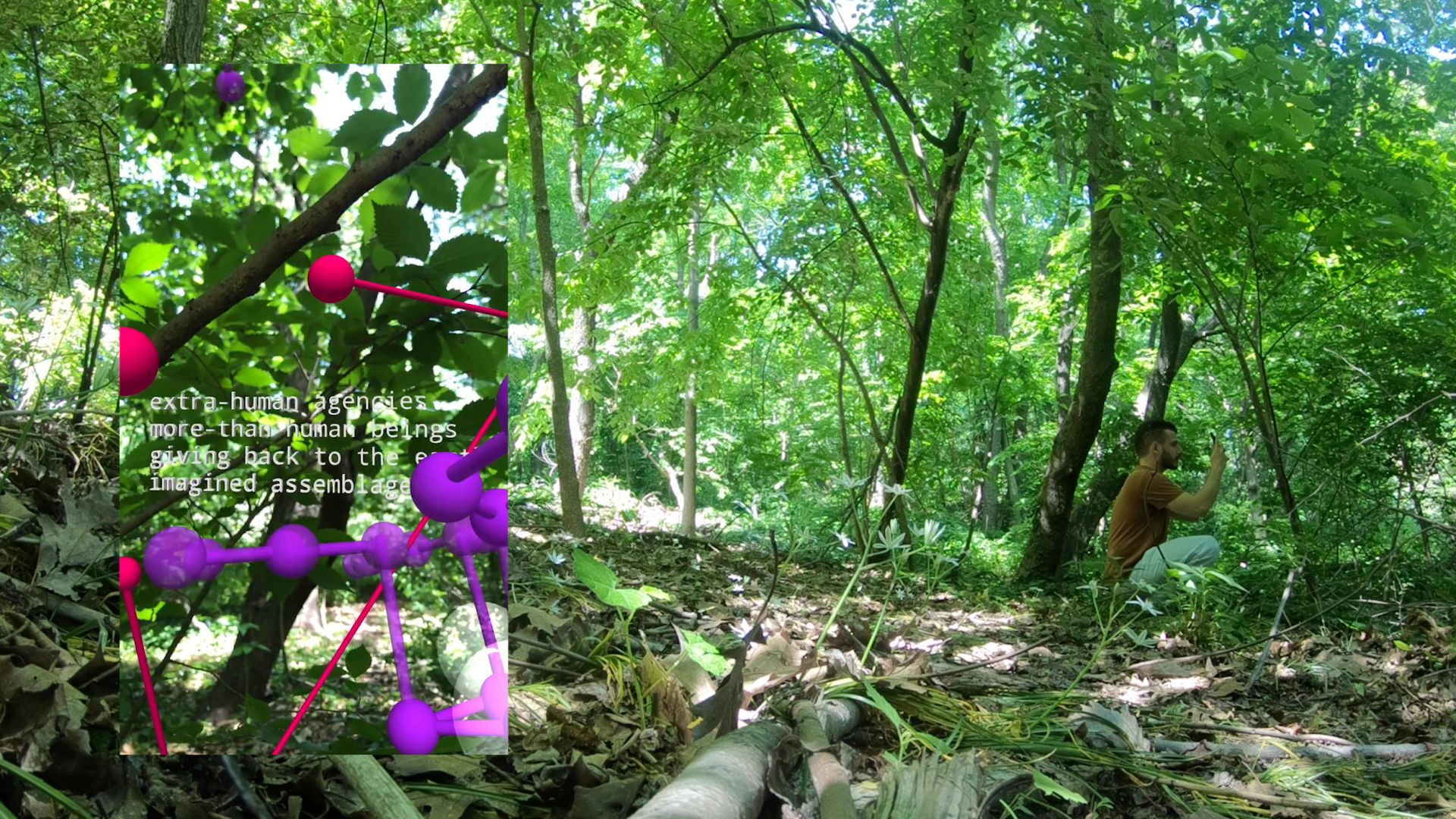
Alright, so let’s move onto what keeps you busy professionally?
My trajectory as an artist began as a photographer, taking portraits. Around ten years ago, I was interested in relating to an analog camera as a tool that could help me connect to my history in the countryside of Sao Paulo State. And so I started visiting people I remembered inspiring me to break normative barriers in the city. That was while I started my academic media studies. The camera helped me to create new pathways in the city and connect with people that I knew before or not (through portraits) or with my own body (through self-portraits). The camera was a relational technology that allowed me to visit my past and change my future. It was like a space-time machine opening some sort of portal to a non-linear and non-binary place, a different temporality.
Later I started experimenting with video, filming myself, and collaborating with dance, performance, and theater companies through projections and video-mapped projections. Approaching the performance world made me study some eastern body techniques like Qi-Gong. After a while, I became a dancer. Probably one of the reasons why I started dancing was a question that I still like to keep in the back of my mind: does new media connect us to our body and our surroundings, or does it alienate us? My trajectory is marked by this zigzag between performance and new digital media. This path led me to a deep interest in augmented reality – a new way of projecting videos in space and on bodies. This is one of the reasons why I came to the USA after getting a scholarship for a graduate program in New York City called Interactive Telecommunications. AR is a very performative medium and will change how bodies move through the world more and more.
When I talk about bodies, I’m referring to something I like to call more-than-human. So I’m not just referring to my body – one body. But to a multiplicity of bodies governed by environmental, social, and mental systems – and beyond the human – rivers, stones, fungal bodies, spirits, invisible and cosmic bodies, myths, and stories. That’s why I like to say that augmentation is a pre and post-digital concept. It existed before computers and will live after. Dreaming, for example, is an exciting way of immersing ourselves in interactive experiences – and it’s free. It’s so ancient, futuristic, and inclusive…I’ve seen other species like dogs dreaming.
Recently I’ve been experimenting with drawing as a way of thinking. This practice is something that precedes my creations with 3D modeling and AR. It’s where I envision what one day will become a virtual playground to think, inhabit, and incorporate more-than-human relationships. I have also started to see myself and work not only as an AR artist but also as an AR designer. This has opened some doors for me to work as a freelancer with big tech companies creating augmented reality experiences.
Getting here was difficult- it required a lot of studies and a constant desire to learn. Being an immigrant also added some challenges to the game. Collaborating with other great minds – poets, performers, designers, visual artists, and engineers – is something that I find to be so precious and important for my career. I learn so much with them while making new friends. In the future, I hope to keep improving myself as an XR creator. My big goal is to develop my research to a point where it allows me to influence people’s way into the metaverse while bringing more-than-human stories to it through my artwork.
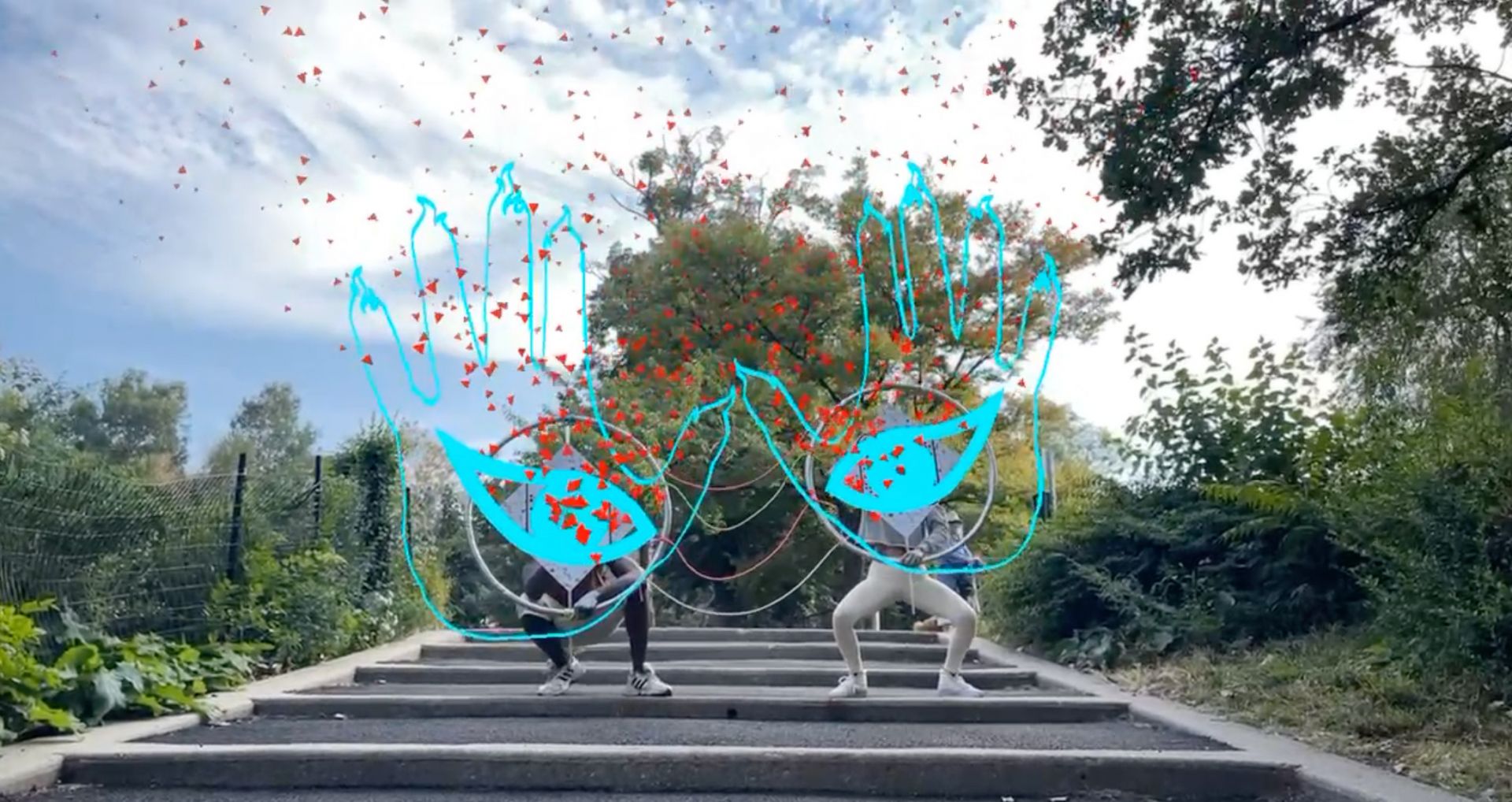
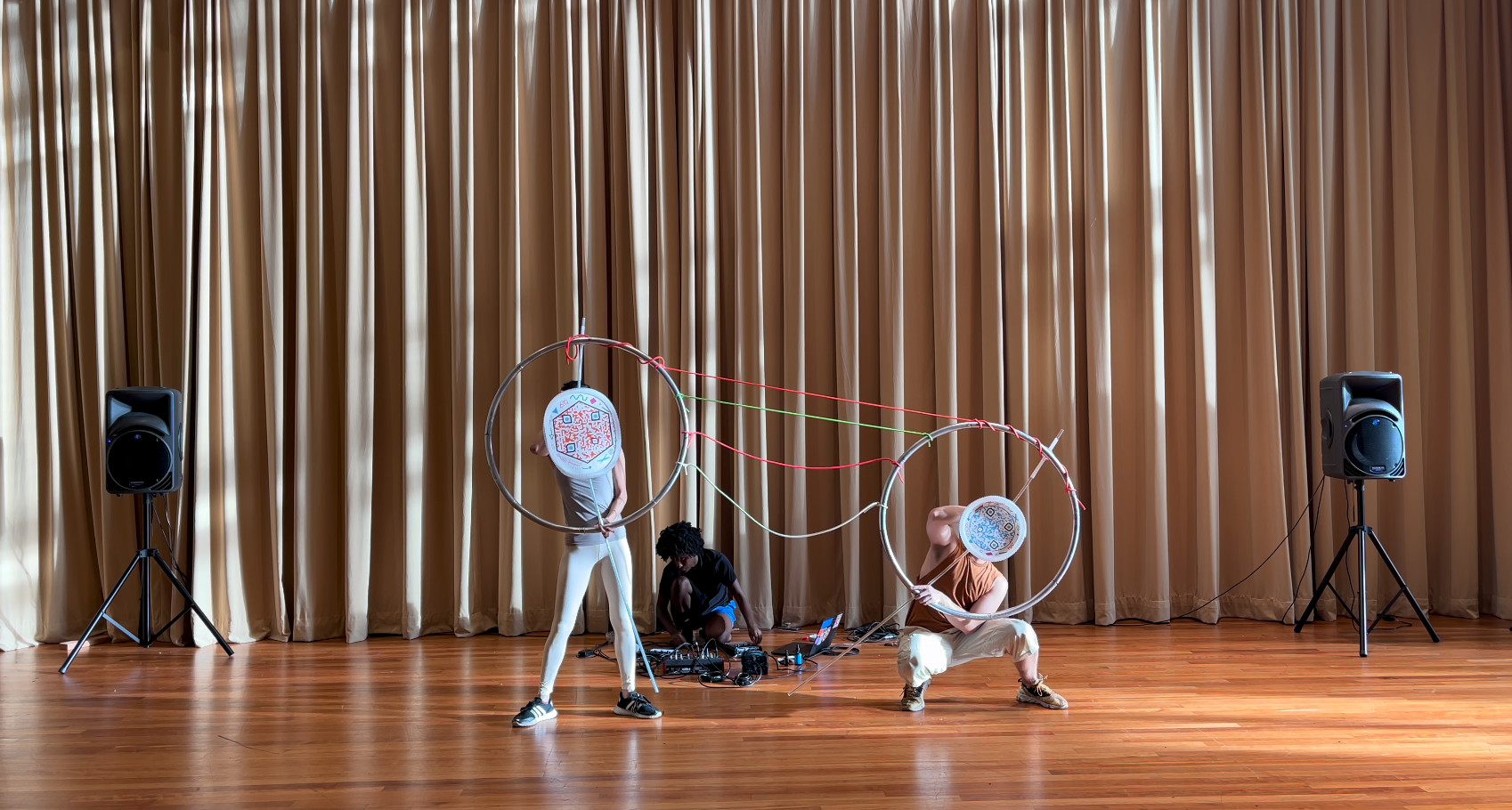
Any places to eat or things to do that you can share with our readers? If they have a friend visiting town, what are some spots they could take them to?
It’s the end of Summer in New York City. I feel nostalgic (although I love Fall), but I will imagine and share a perfect Summer day in Brooklyn. It’s a sunny Saturday. We wake up, jump on our bikes, and go to Crown Heights to have bagels for breakfast at my favorite bagel spot: Bagel Pub. Then, we bike all the way to Riis Beach to spend the day sunbathing and swimming. Riis feels like a utopic queer community experience for me. I feel free there and have seen many beautiful and fun spontaneous situations. On our way back, we stop at The Fly and sit outside for drinks and dinner. And then we head to Herbert Von King Park in Bedstuy to watch the full moon. I’ve lived around there for two years, during the pandemic, actually, and I have a kind of personal tradition of revisiting the park at night by bike every time there is a beautiful full moon in the sky. It brings me so many memories. After resting from the day, we would go to Papi Juice and dance all night. Papi Juice is one of my favorite parties in the city. Usually, it happens at Elsewhere. The next day, we could have brunch at Peaches Hot House and go to Brooklyn Museum to check out Guadalupe Maravilla’s “Tierra Blanca Joven” show. Then just chill and lay down at Prospect Park to recover from our hectic Saturday. We can grab slices of pizza and ice cream for dinner at Impasto, in Clinton Hill.
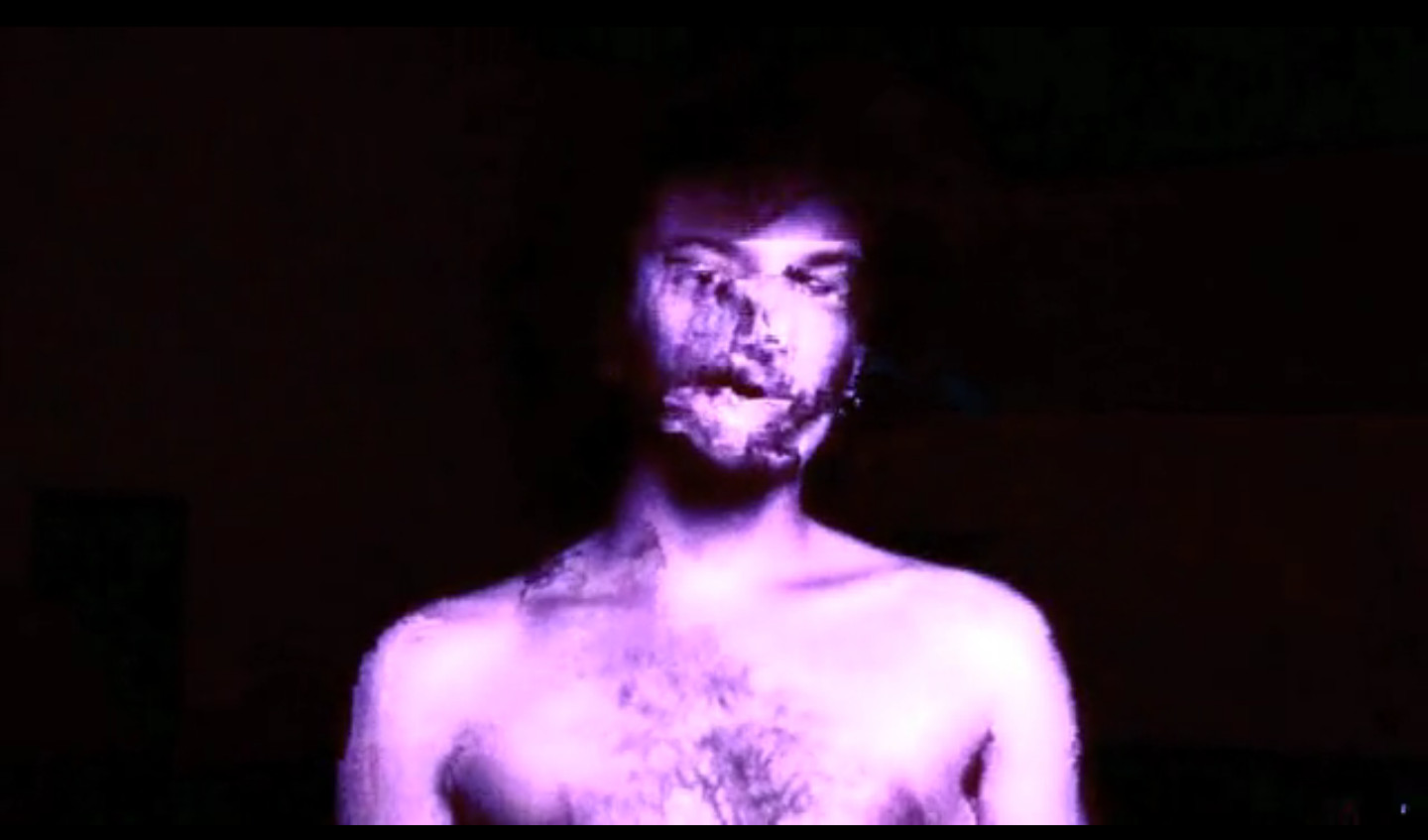
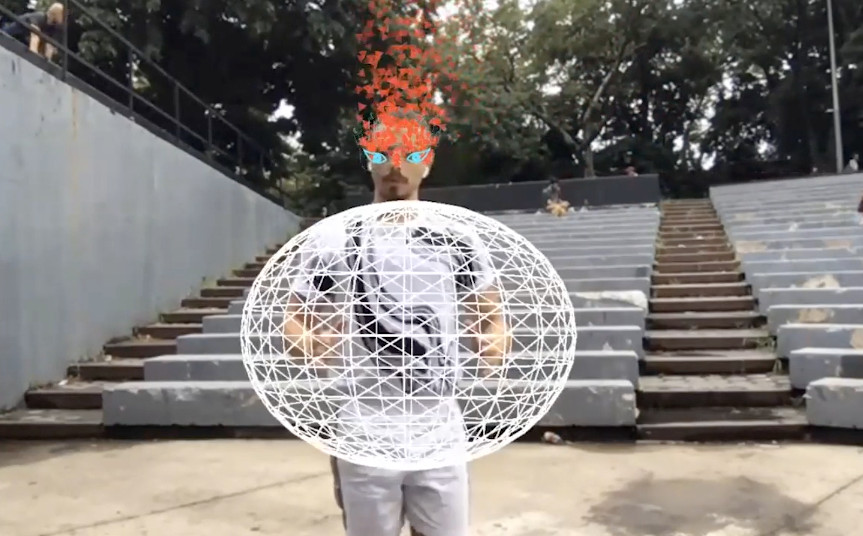
The Shoutout series is all about recognizing that our success and where we are in life is at least somewhat thanks to the efforts, support, mentorship, love and encouragement of others. So is there someone that you want to dedicate your shoutout to?
I want to dedicate my shoutout to Geruza Zelnys. She is a poet, and educator and researches creative and therapeutic processes in Sao Paulo, Brazil. Geruza was a mentor to me for a long time and has opened many doors for my creation. Our relationship started when she was my high school Literature teacher. That was when I started to produce videos and photographs, media that would never leave me. We are still friends, and I have a lot of admiration for her creation and trajectory. I would also like to mention an indigenous Brazilian thinker I have had the pleasure of seeing and listening to in person a few times. More recently, I have read two of his books. His name is Ailton Krenak, and the books are “Ideas to Postpone the End of the World” and “Life is not useful”. The second one doesn’t have an English translation yet, unfortunately. He has a very critical point of view on high-tech societies from the north-global.
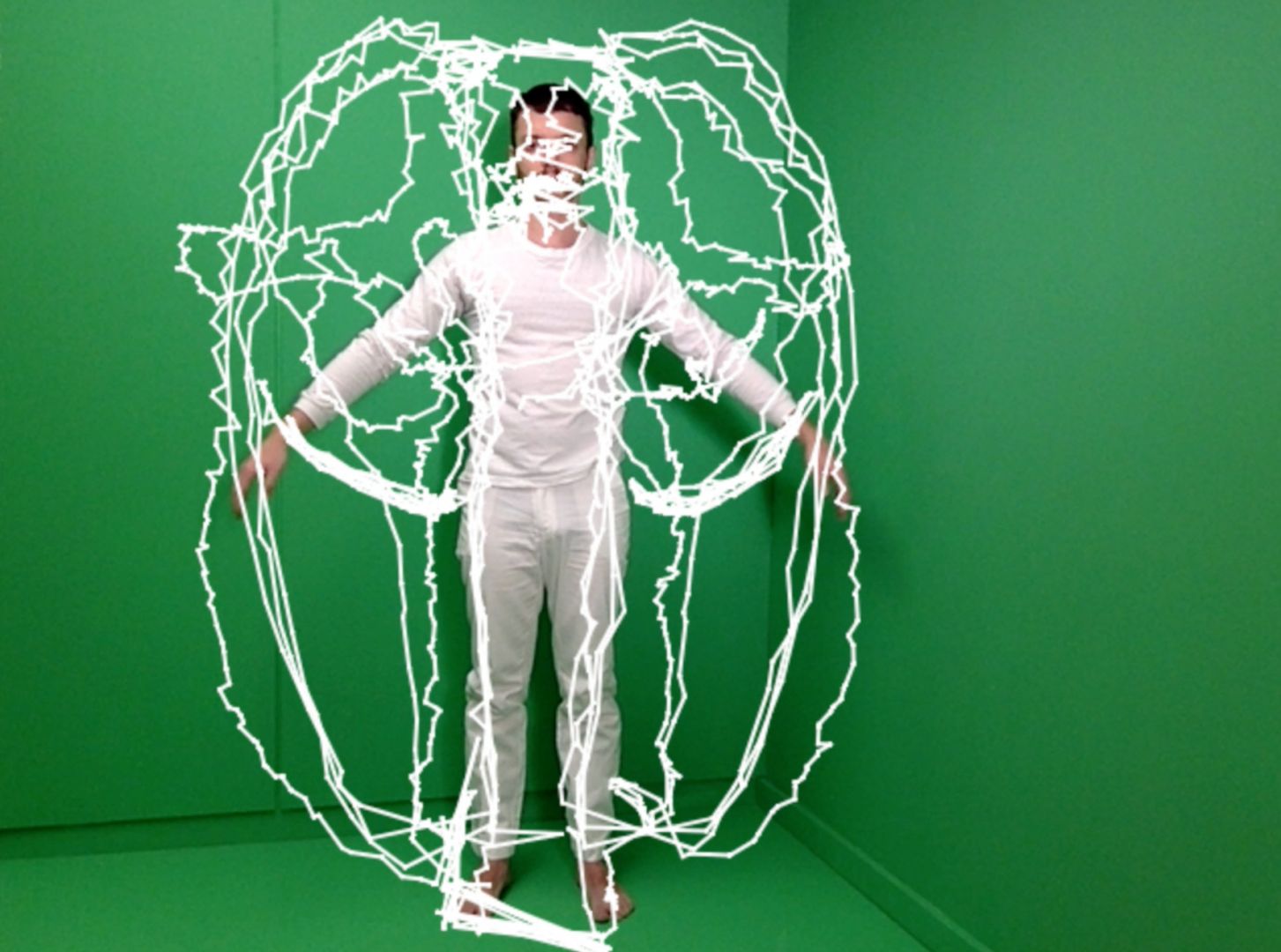

Website: https://fernandogregorio.com/
Instagram: @fernandogregorio___
Linkedin: www.linkedin.com/in/fernando-gregorio
